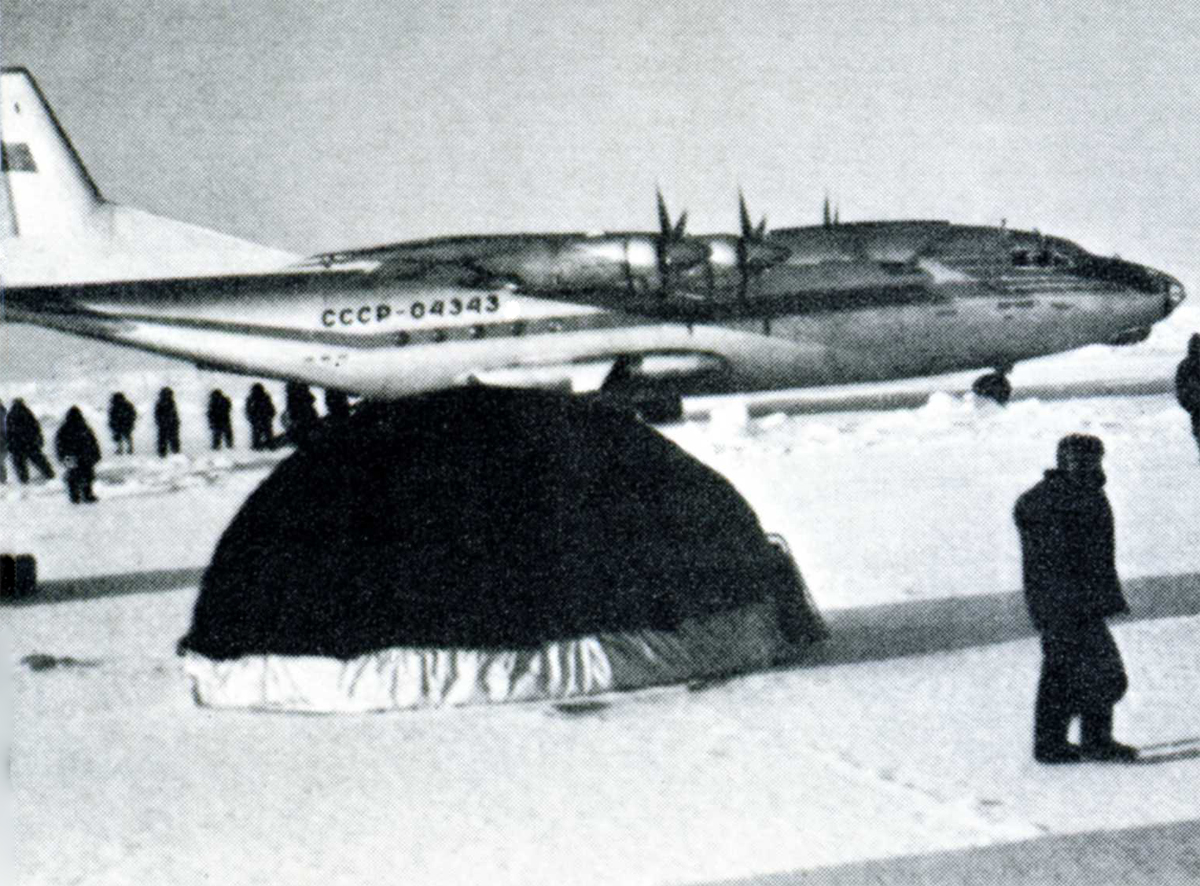Crash of an Antonov AN-24B near Toguchin: 45 killed
Date & Time:
Apr 1, 1970 at 0407 LT
Registration:
CCCP-47751
Survivors:
No
Schedule:
Novosibirsk - Krasnoyarsk - Bratsk
MSN:
79901204
YOM:
1967
Flight number:
SU1661
Crew on board:
5
Crew fatalities:
Pax on board:
40
Pax fatalities:
Other fatalities:
Total fatalities:
45
Aircraft flight hours:
3975
Aircraft flight cycles:
3832
Circumstances:
The aircraft departed Novosibirsk-Tolmachevo Airport at 0342LT and its crew was cleared to climb to 4,200 meters, altitude reached at 0353LT. At this time, the crew was cleared to continue to climb to the assigned altitude of 6,000 meters. Shortly later, while flying at an altitude of 5,400 meters, the airplane collided with a radiosonde weather balloon operated by the Hydrometeorological Service. The balloon struck the windshield and the nose cone and partially destroyed the cockpit. The airplane went out of control, entered a dive and partially disintegrated at the altitude of 2,000 meters before crashing in an open field located 20 km southeast of Toguchin. The airplane struck the ground at a speed of 300 km/h and was totally destroyed. All 45 occupants were killed. Some debris from the nose and the weather balloon were found more than 6 km from the main point of impact. The windshield was not recovered.
Probable cause:
In-flight collision with a radiosonde weather balloon while cruising by night. Apparently, the crew has not been informed about the presence of the weather balloon.


